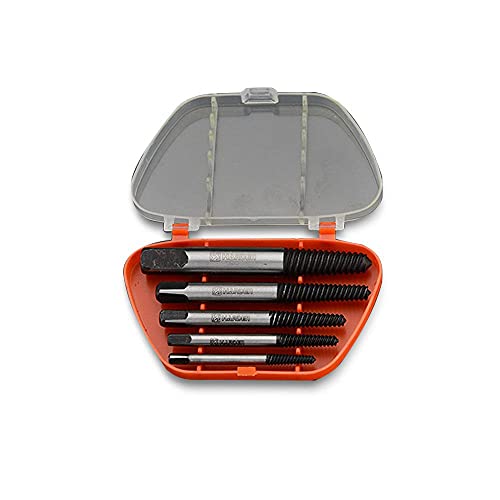kurtak
Well-known member
Jmk88 said:“What make you thing the copper contamination was because the button "was from old dirty papers"
Because I filtered copper chloride through some of them.
I do not precipitate using hydroxide. I simply raise the ph.
You missed my point - you originally said your button was contaminated with copper because it came from dirty papers (in other words the AR had copper in it because the papers had copper in them - therefore when you precipitated the gold - copper also came down - because copper was in solution from the copper in the papers)
There is NO reason for copper to come down with your gold simply because copper is also in solution when you go to drop the gold - IN FACT - you can drop you gold - as near pure - if not pure --- by ADDING copper
That is why I followed up the question about the dirty papers with --- "I suspect it was the result of raising the Ph with hydroxide"
In other words - by raising the Ph of your AR to Ph 3 - you have made the acids that are keeping the metals in solution weaker (in this case the copper) - therefore - the weaker acid - that is having trouble holding the metals in solution - are going to be MORE likely to come down WITH the gold when you go to precipitate the gold
In other words - the acid is no longer strong enough to keep the more reactive metals (like copper) in solution when you go to drop your gold --- which is why you ended up with a button contaminated with copper - which is why you now need to re-refine the button
WEAK acids WILL cause base metals to come down with your gold - whether the acid is made weak by raising the Ph of the acid - or by "over" diluting the acid with water
You are doing both - you are adding urea that is dissolved in water (30% urea 70% water) and then adding hydroxide dissolved in water - so you are making the acid weaker with the hydroxide addition to a Ph of 3 - plus diluting the acid with water (the water may not be enough to make a difference - but raising the Ph certainly makes a difference)
The very reason you ended up with a button contaminated with copper - that needs re-refining - because it's not near pure
Let me put it this way - I have "cemented" MANY ozt from VERY dirty solutions with nothing but copper & turned out gold no less then 995 & as pure as 999
Last year when I spent a week in Jon's lab - I did a batch of ceramic CPUs (so VERY dirty solution) I showed Jon, Goran, Nick, & Pat how to drop the gold with copper - we were expecting 53 grams of gold from that batch & we hit the 53 grams on the nose & the gold came down right at 995 --- with nothing but copper & the batch was done from start to finish in a day - & for what it is worth the gold could have been brought up to 999 by putting a "pinch" of potassium nitrate in the melt of the powder (didn't do that)
Bottom line - & as Butcher has told you - adjusting Ph (up) is NOT a "better" way & is likely to cause problems --- especially with "dirty" solution
So I suggest you stop pushing this narrative that you have come up with a "better" way - when in FACT it's just not true - we try to teach "new" members "age old" methods that are tried & true - & NOT methods that can/will cause problems
Not saying your method wont work - but it "most certainly" has the potential to cause problems
Bottom line --- there is NO need to add hydroxide to drop ALL your gold - & drop it "very" near pure - from VERY dirty solutions
ALL of us - that have been doing this for MANY years - have been doing it with out the "need" to add hydroxide & we have OFTEN had to help new members clean up their mess - "because they added hydroxide
So again - I suggest that you stop telling our new members to use a method - that we KNOW is going to get them into trouble - & then we have to fix their problem - because they followed your BAD advice
For new members following this thread --- you DO NOT need to add hydroxide to drop your gold - DO NOT follow this advice - it is bad advise that is likely to cause problems we will then need to fix - we spend a lot of time fixing problems without having to add another possible problem to what we do - there are better whys to deal with dirty solutions & or solutions with free nitric in them
In both those case's - cementing happens to be my go to method - it's not the only why but it is my way & yes you can hit near pure - if not pure gold --- there is "a bit" of a learning curve with using copper - which I have posted about several times here on the forum --- you will be better served following my advice to cement with copper (or other methods discussed) - then following this advise to add hydroxide
Kurt













































